luminar
Latest
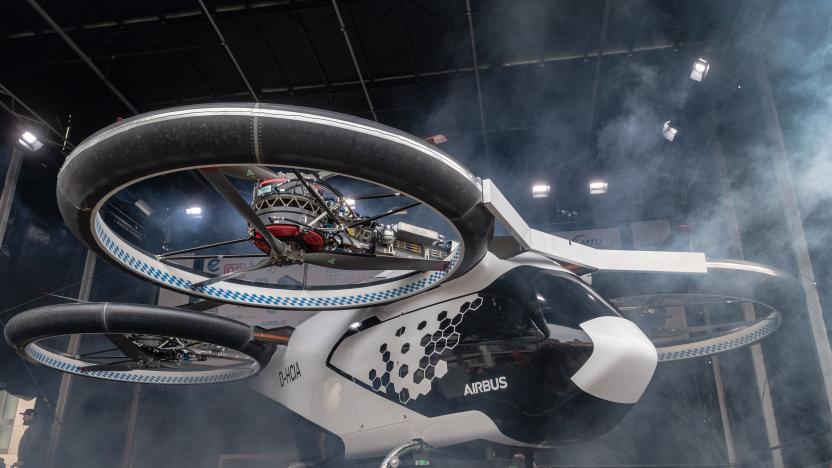
Luminar will bring its LiDAR tech to Airbus planes and helicopters
The companies hope to 'ultimately enable safe, autonomous flight.'
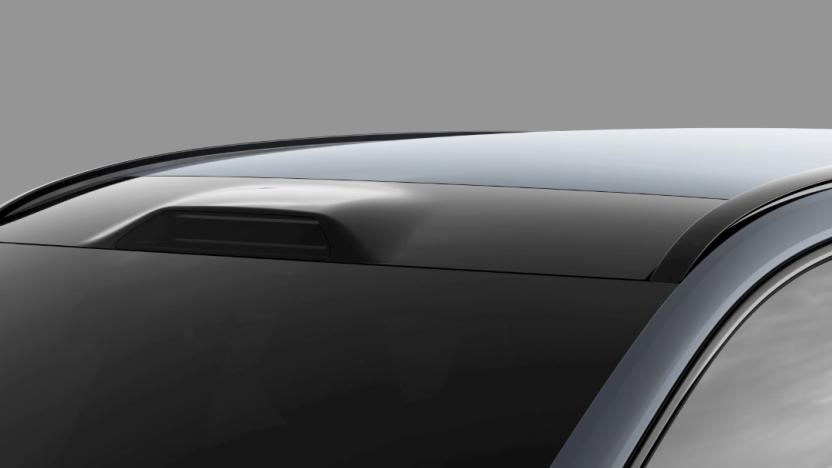
Volvo will sell cars with built-in LiDAR beginning in 2022
Volvo is working with Luminar to make LiDAR available for its cars beginning in 2022.

A $100 box is the cheapest way we've seen to add LiDAR to cars
Velodyne, one of the companies that helped invent modern LiDAR, says it has developed a component that will make adding laser-based radar to autonomous cars and other vehicles more affordable. At CES, the company showed off its new Velabit LiDAR system, which it plans to sell to manufacturers for about $100 per unit.
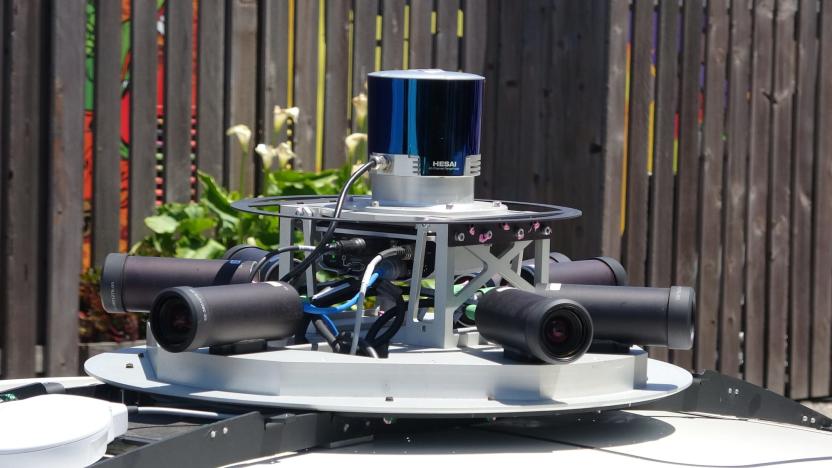
Luminar's cheap LiDAR could be a big boost for autonomous vehicles
LiDAR (laser pulse-based radar) is an essential component of autonomous driving, as it's what vehicles use to detect obstacles like other cars or pedestrians in order to navigate around them. But LiDAR systems aren't cheap. Now, autonomous vehicle sensor and software company Luminar has announced a new platform which will be a lower-priced alternative to current LiDAR systems.

Luminar and Volvo use LiDAR to figure out pedestrian activity
Trying to figure out what a vehicle or pedestrian is about to do is tough enough for human drivers. But it's something that the AI systems that end up in autonomous vehicles will have to figure out. Luminar and Volvo announced that they're closer to figuring that out using high-resolution LiDAR.
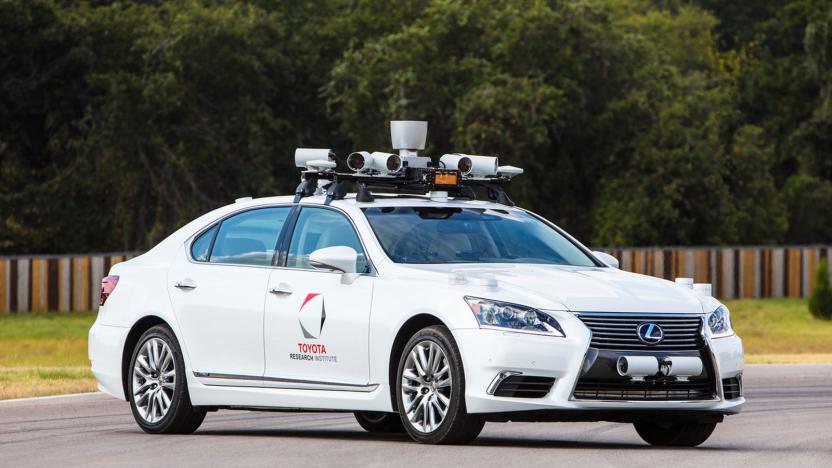
Toyota's latest self-driving car is more aware of its surroundings
Toyota barely unveiled its second-generation self-driving testbed half a year ago, but it's already back with an update. The automaker is showing off a Platform 2.1 research vehicle that has made some big technology strides... including some unusual design decisions. The biggest upgrade is an awareness of its surroundings: the modified Lexus is using new lidar from Luminar that not only sees further and maps more data but has a "dynamically configurable" field of view that focuses its attention on the areas they're needed most. There are also new deep learning AI models that are better at spotting objects around the car as well as predicting a safe path.
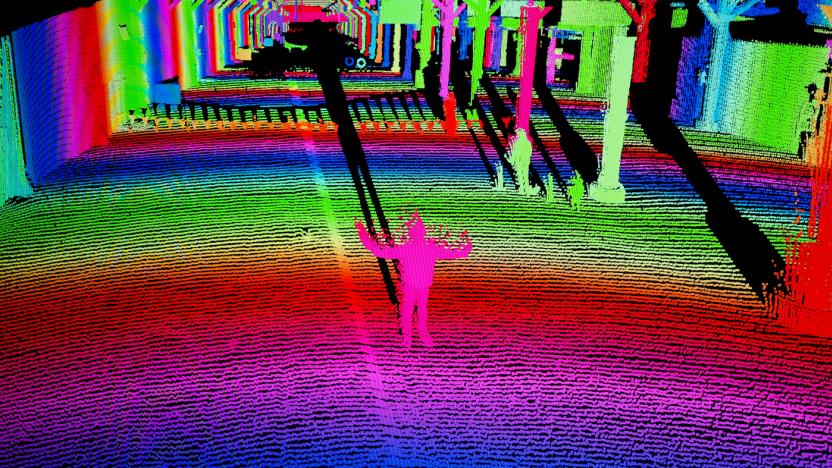
The promise of self-driving cars starts with better 'eye-sight'
San Francisco's Pier 35 usually hosts cruise ship guests boarding and unboarding their giant floating hotels. It's a cavernous building hundreds of meters long which actually makes it the perfect indoor facility for demoing what 22 year-old Luminar CEO Austin Russell hopes is the future of LiDAR. The company has developed a higher-quality laser sensor that just might make it the darling of the autonomous car world.

LuminAR robot finally shows us what pico projectors were meant for (video)
Still looking for an excuse to buy a pico projector? We might just have the perfect thing. LuminAR, a project of MIT student Natan Linder, is something like a sentient desk lamp of the sort that will make any dedicated Pixar fan's heart skip a beat. It can follow a user's actions, using a camera to detect gestures and beam information down to augment whichever reality they're currently experiencing. Interestingly, the whole thing is built into a bulb socket, meaning it could be thrown into any lamp you like -- if you can do without the whole automatic motion aspect. It's based on what looks to be a Microsoft Lifecam Show webcam and what is certainly a Microvision Show WX projector, which is both focus and care free. There's a demo video after the break but, sadly, little hope that this thing will be replacing your current desktop lamp any time soon.






